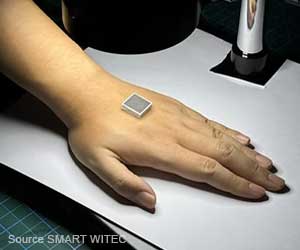The e-skin measures the blood oxygen level when stuck on a finger. It contains microelectronic components that light up in red, blue and green on the surface of the body.
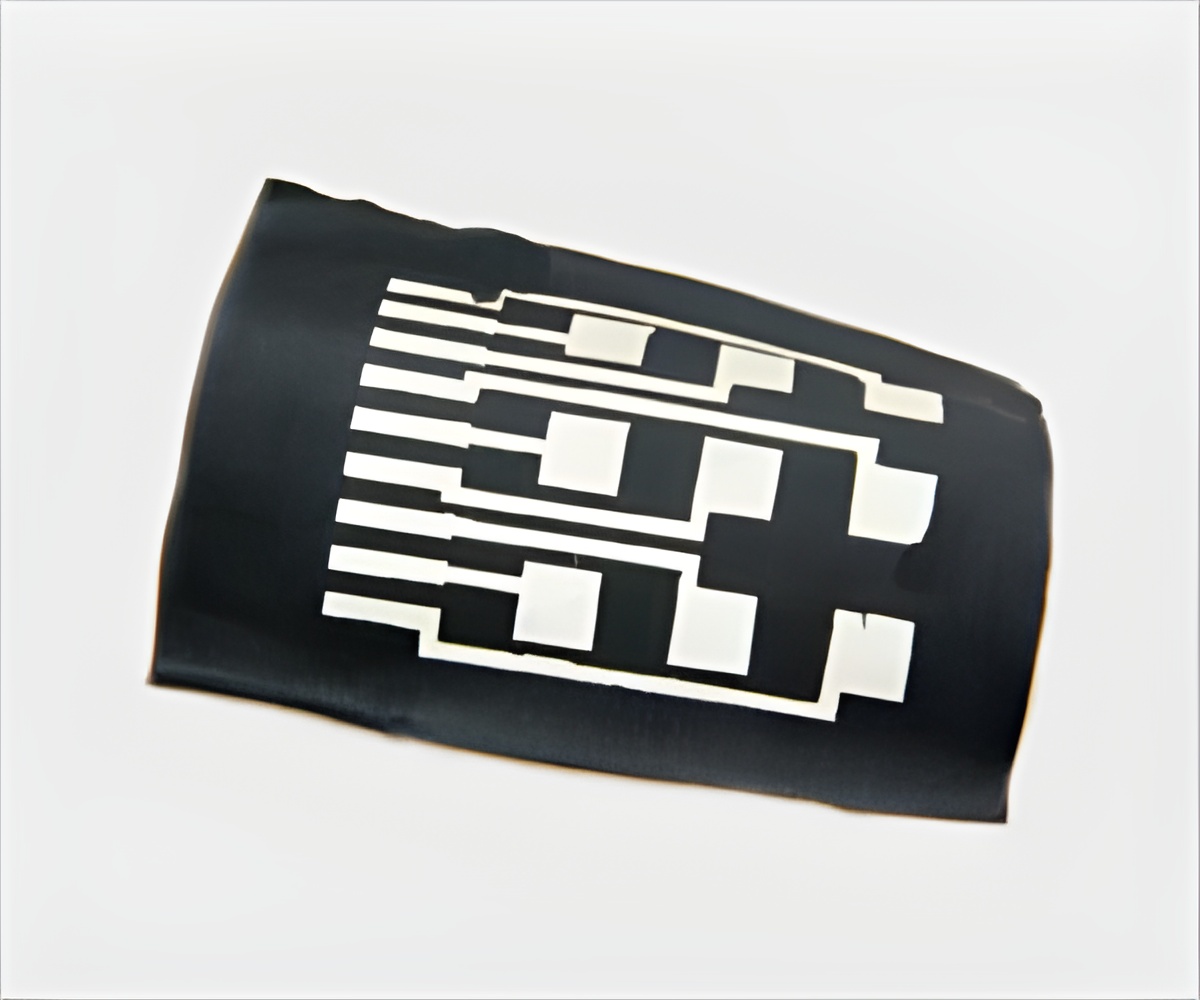
TOP INSIGHT
The ultrathin, ultra-flexible electronic skin can be used to monitor heart rates, sugar levels, and measure blood oxygen levels.
The film is composed of alternating layers of a ceramic material (silicon oxynitrite) and Parylene (a polymer coating). The protective film prevented the passage of oxygen and water vapor in the air, extending their lifetime from a few hours seen in prior research to several days. The overall thickness of the e-skin is 3 microns (3 millionths of a meter), which is ten times thinner than our skin.
The scientists attached transparent indium tin oxide (ITO) electrodes to an ultrathin substrate without damaging it, making the e-skin display possible. They created polymer light-emitting diodes (PLEDs) and organic photodetectors (OPDs), using new protective layer and ITO electrodes.
The PLEDs were three micrometers thick and over six times more efficient than previously reported ultrathin PLEDs. Researchers combined red and green PLEDs with a photodetector to demonstrate a blood oxygen sensor.
"The device unobtrusively measures the oxygen concentration of blood when laminated on a finger," said lead researcher Tomoyuki Yokota and colleagues.
Source-Medindia
 MEDINDIA
MEDINDIA
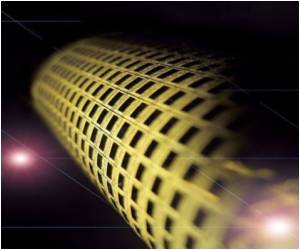
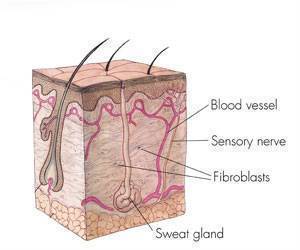

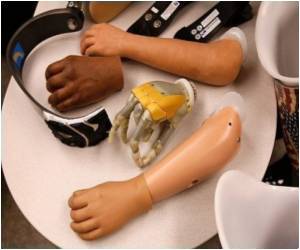
 Email
Email







